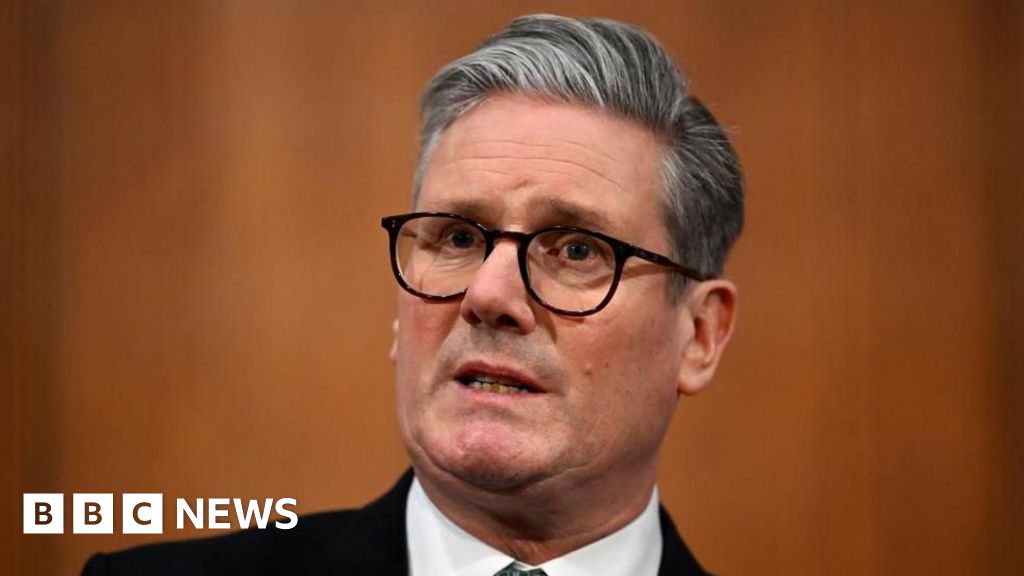
Divisions Within NATO
Former NATO Assistant Secretary-General Camille Grand, now a prominent policy fellow at the European Council on Foreign Relations, notes that Trump’s expectations are causing a rift among European NATO members, which can be categorized into three distinct groups.
A “relatively small group” of nations, including the Baltic states and Poland, is already allocating nearly 5 percent of their GDP to defense in order to deter the ambitions of Russian leader Vladimir Putin. They are prepared to “bear the cost” to maintain support from Trump, according to Grand.

Giedrimas Jeglinskas, another former NATO assistant secretary-general and current head of the Lithuanian Parliament’s Committee on National Security and Defense, expressed that the 5 percent defense spending target is not “unreasonable.”
“For the eastern front of NATO, this figure makes sense,” he commented.
The second group consists of countries like the Nordic nations and the United Kingdom. These nations already allocate over 2 percent of their GDP to defense and are “open to considering targets of 2.5, 3, or even 3.5 percent, based on their assessment of the geopolitical landscape,” Grand mentioned. However, he cautioned that they are unlikely to accept a blanket commitment to 5 percent.









